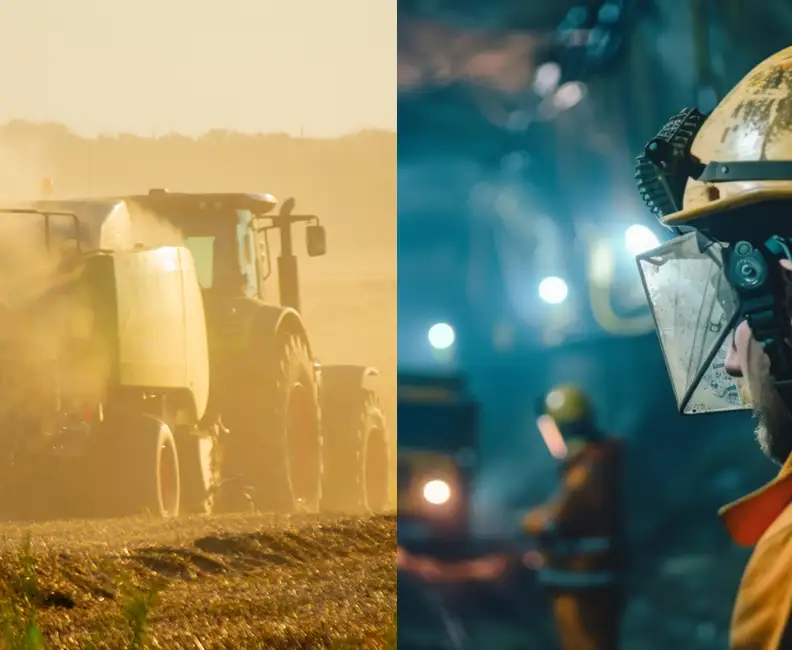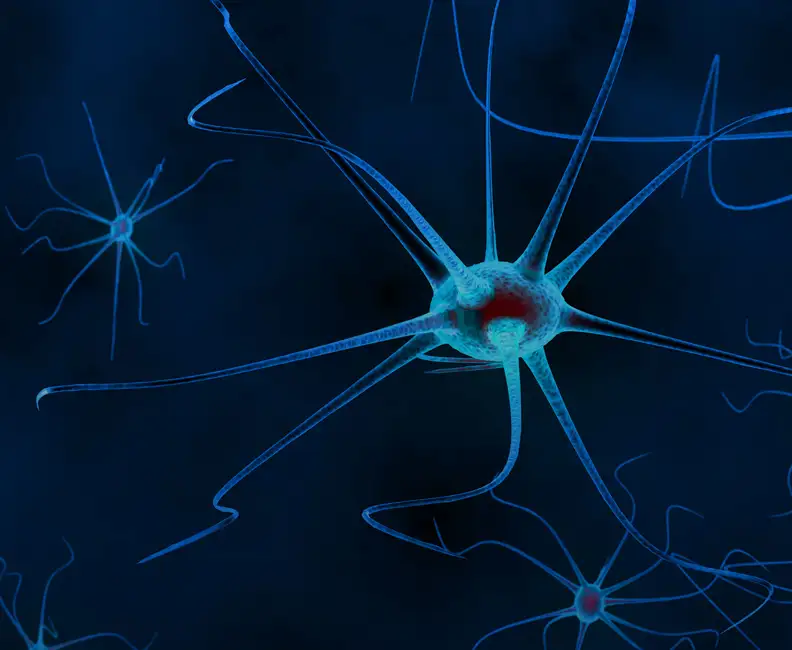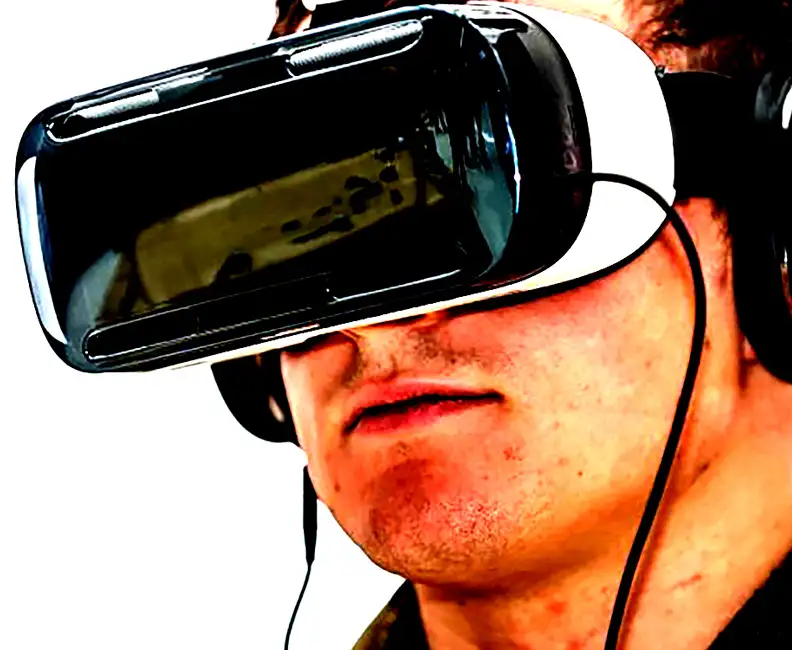
Image Processing
Automated extraction and analysis of vast amounts of actionable information
Image processing enables all kinds of useful information to be extracted from images or video for applications ranging from medical diagnosis, robotics and manufacturing quality control to surveillance and security systems.
The images don’t have to be traditional colour or black-and-white images – they can be gathered using techniques such as thermal imaging, laser scanning or 3D depth imaging.
The key benefit is that image processing automates the extraction of useful and actionable insights from imagery.
This could involve monitoring congestion as part of a smart traffic system to warn drivers which roads to avoid, for example, or analysing CCTV images as part of a security system and raising the alarm if a perimeter has been breached.
Real-world challenges
Key skills

- Sensor modalities
Not all cameras produce standard colour imagery and instead thermal camera, depth cameras or even acoustic images may be more suited to the application.
- Camera choice
When selecting the optimum camera, it is necessary to consider various parameters, including the number of pixels, the field of view and the frame rate.
- Algorithm development
Neural networks and other machine learning algorithms can be used to achieve close to human-level performance in object recognition and other tasks.
- Embedded processing
To reduce the bandwidth required to transfer raw data from a camera, embedded processing is used to extract and transmit valuable information instead.
What sets us apart when it comes to image processing?
Extracting information from a video stream is the key requirement when developing image-processing-based solutions.
Plextek collect test data to support the development and implementation of a suitable algorithmic solution. It is not just the image processing step itself that is important when producing an image processing solution for a client; we have expertise in the entire end-to-end development process, including:
- Camera selection
- Algorithm development
- Hardware design
- Embedded processing
- Manufacturing
An additional area of expertise is the design of bespoke hardware systems for performing embedded processing, which includes ML using specialised hardware. This covers areas such as:
- Embedded processing
- Edge analytics
- Hardware acceleration
- Low size, weight and power (SWaP)
- PLX-T60 – our configurable mmWave radar module






































